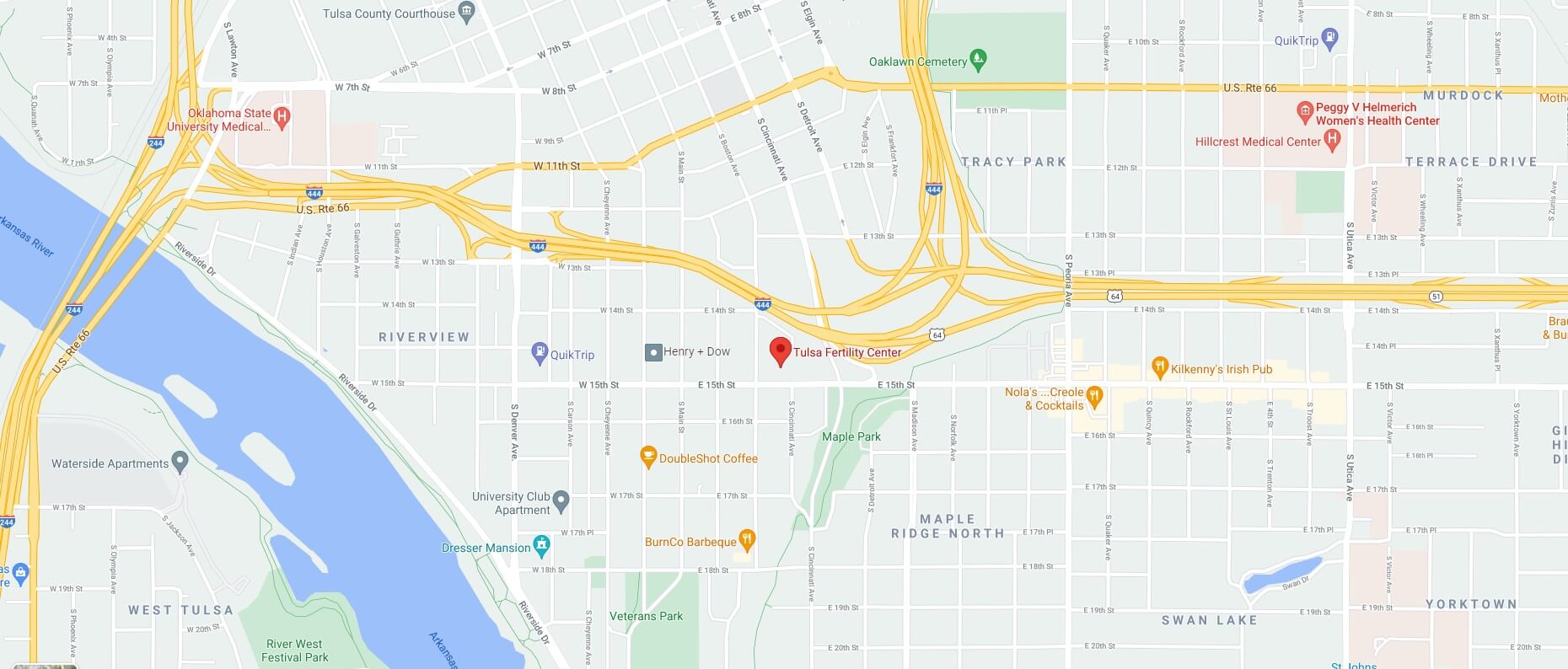The IVF lab process: The embryo phase of IVF
By now, you are probably familiar with the steps you need to take to complete IVF. You are familiar with terms such as ovarian stimulation, egg retrieval and embryo transfer. But what happens in the days between your egg retrieval and your embryo transfer, or the embryo phase? The team at our Tulsa fertility center explains the IVF lab process to help you understand what happens while you are waiting for your transfer.
Fertilization in the lab
Once we retrieve your eggs, the fertilization phase begins. If the team uses conventional fertilization, they place the sperm and a mature egg together in a petri dish, where the sperm can penetrate and fertilize the egg. In some cases, the embryologist in the lab uses a method called intracytoplasmic sperm injection, or ICSI, to inject a single sperm into each mature egg.
Usually, about 70% of your mature eggs fertilize. The lab team has to wait about 18 hours to determine whether fertilization was successful. The successfully fertilized eggs rest in the lab for up to six days. During that time, the lab team changes the culture media where the embryos are growing and checks to see if they are dividing symmetrically and correctly.
Preimplantation genetic testing (PGT)
Around day three of the IVF lab process, embryologists at the lab at our Tulsa fertility center perform a biopsy of each embryo’s cells to be sent to a specialized lab for preimplantation genetic testing, if patients request it. This test lets the lab team know which embryos have chromosomal or specific genetic anomalies, so that the healthiest embryos can be selected for transfer.
Embryo grading is a crucial part of the embryo phase
In this phase of the IVF lab process, the embryologists grade the embryo. They evaluate a few things during this embryo phase. The team looks at each embryo and grades the following factors.
- Each embryo’s development
- The quality of the embryo’s inner cell mass, or the part that becomes a fetus
- The embryo’s trophectoderm, or the outer layer of the blastocyst that becomes the placenta
Our grading system goes from 1 to 4, with grade 1 being the best. Embryos with grade 1 through 2.5 have the greatest possibility of developing into the blastocyst stage, or the ball of cells that our fertility doctor transfers into the uterus. The blastocyst becomes an embryo and then a fetus.
Embryologists also rate blastocysts with letter grades. The team freezes the embryos that they have graded A or B because these are the most viable embryos.
When it’s time for the embryo transfer, which is the final step in the IVF lab process, the “most likely to succeed” embryo is thawed and prepared in the lab, then placed inside the catheter that your physician will use to transfer the embryo into your uterus.
The IVF lab process is a vital component of fertility treatment at our Tulsa fertility center
Our team has the expertise and knowledge to provide the fertility treatment you need. Our caring staff always does their best to answer your questions and provide you with information. Contact us for an appointment.

